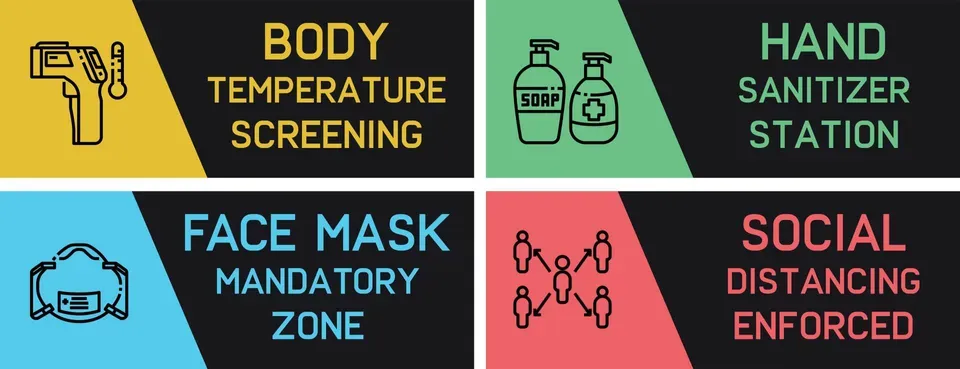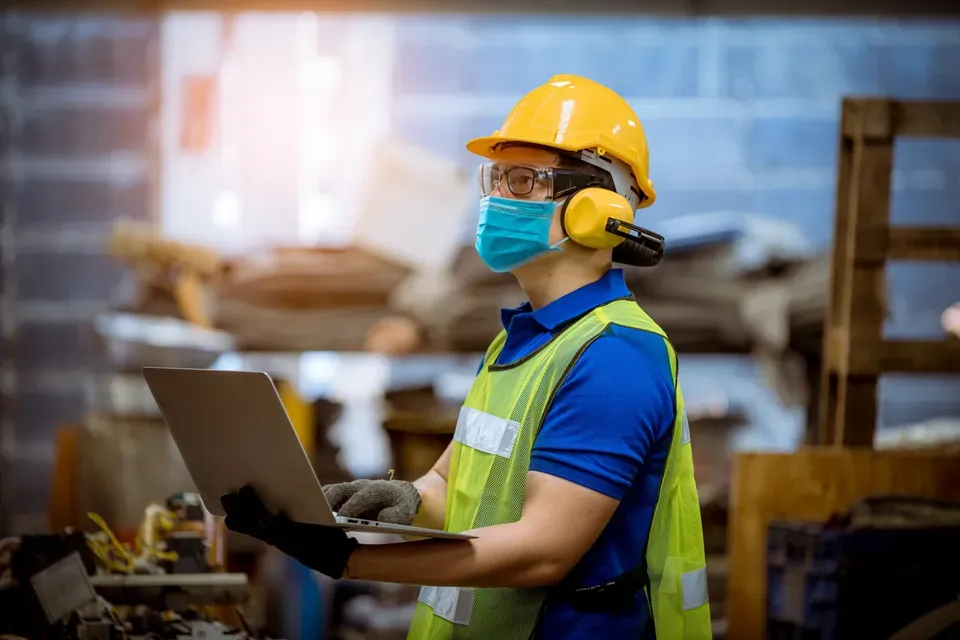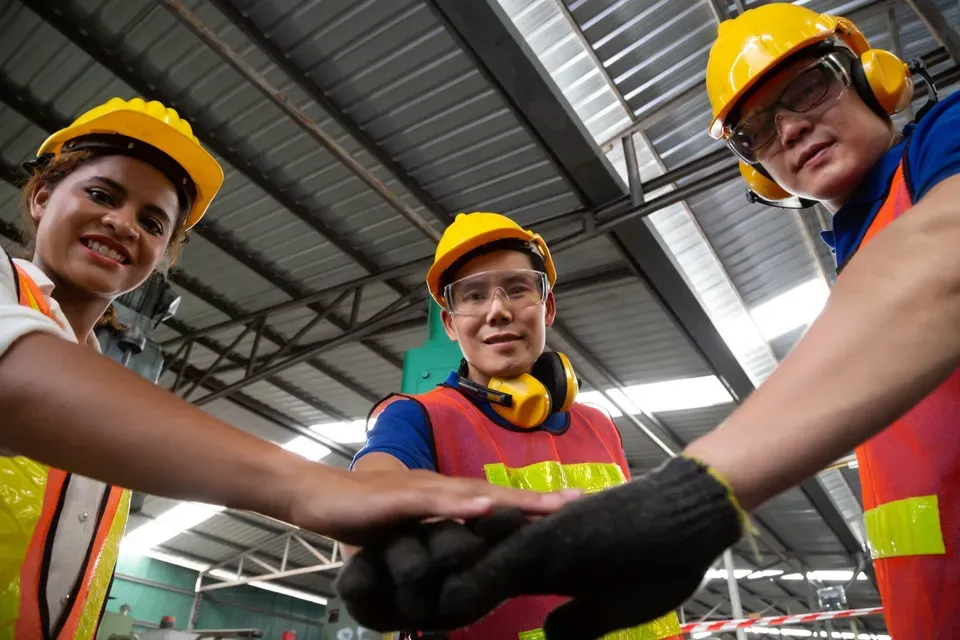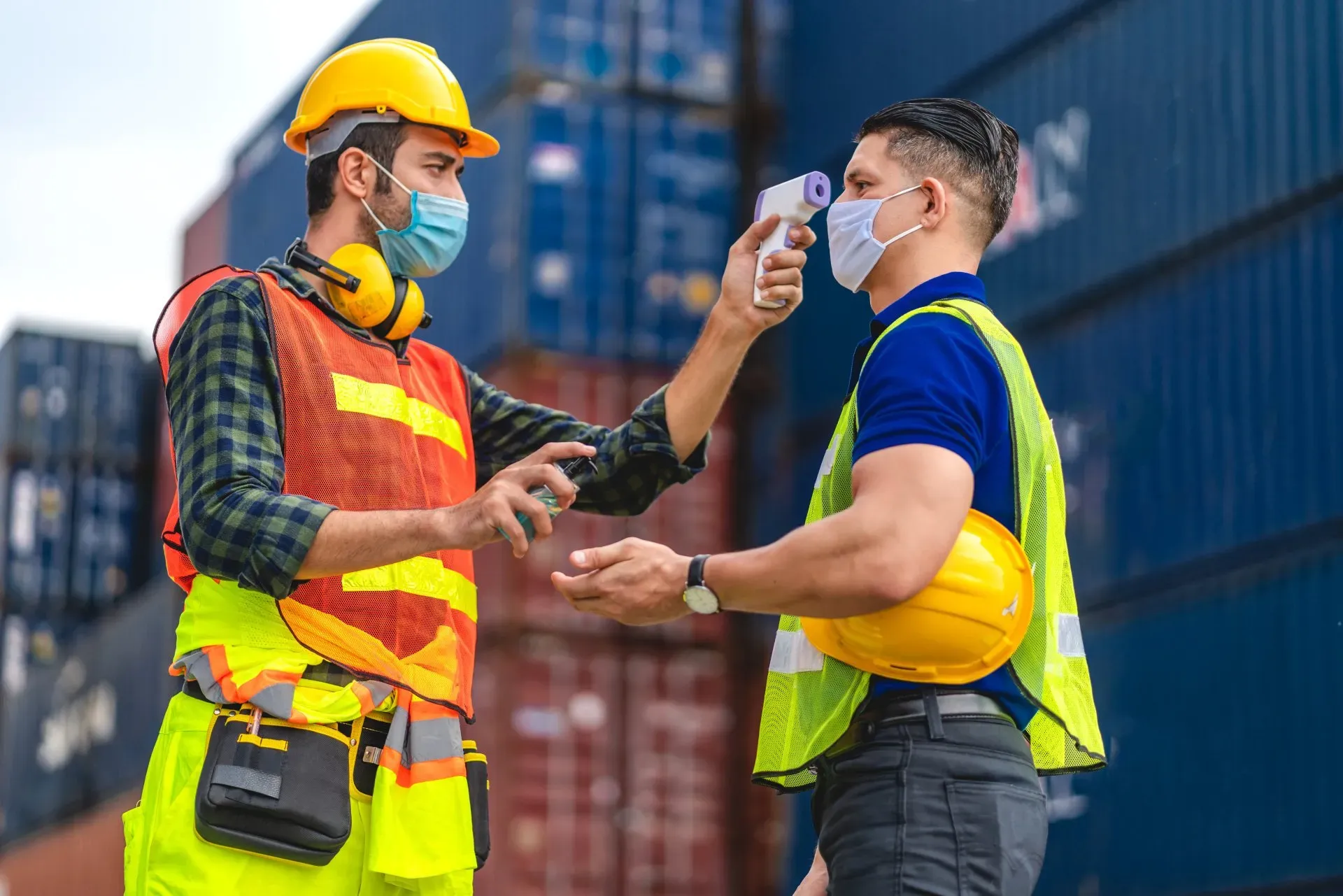President's Perspective: Understanding “The Why” Behind Behavioral Changes
Today the world faces an invisible enemy called Covid-19. It has become a horrible killer. In the United States alone, there have been over 25,000 deaths to date. No known or proven medical cures exist. So far, there is no protective vaccine. As Dr. Deborah Birx, the White House Task Force Covid-19 Coordinator, says, “Our only defense against this pandemic disease is behavioral.” In other words, our everyday behavior is the key to fighting this virus.

Today the world faces an invisible enemy called Covid-19. It has become a horrible killer. In the United States alone, there have been over 25,000 deaths to date. No known or proven medical cures exist. So far, there is no protective vaccine. As Dr. Deborah Birx, the White House Task Force Covid-19 Coordinator, says, “Our only defense against this pandemic disease is behavioral.” In other words, our everyday behavior is the key to fighting this virus.
As human beings, we are naturally drawn to interact closely with other human beings. It is not natural for us to think about staying six feet apart when we’re in public or visiting family. Our upbringing has taught us to greet one another with a handshake and sometimes even a hug.
I miss terribly having my granddaughters run up to me and fly into their Papa’s waiting open arms. Unfortunately, not now! Air hugs and blown kisses will have to suffice during this temporary season. We must respect our mandated “social distancing” of staying six feet apart.
It helps to understand why this behavioral change is so important. We have learned that the virus spreads from an infected person when tiny droplets become airborne when a person speaks. For example, when the word “health” is spoken, the energy used to pronounce this word not only sends sounds from the throat, but also moisture, potentially filled with the virus, travels from the mouth. Then, when a nearby person breathes in this virus-filled air, the virus spreads.
When light shines just right in front of a person talking, one can sometimes see the thin mist cloud that is created when speaking. The droplets rather quickly fall to the ground, and so someone standing six feet away avoids contact with the moisture-filled air.
When we understand the “why” behind the need to maintain social distancing, the change becomes more manageable and imperative.
Another main source of catching the virus happens through hand to face touching. For example, after shaking hands with an infected person, one can catch the virus by then touching the nose, mouth or eyes.
Here again, it is natural to touch our faces. From birth, babies touch their faces with activities like thumb sucking, eating, and drinking. If we feel an itch, the natural tendency is to reach up and scratch. The only way to end this natural tendency is to make a conscious effort to stop touching our faces.
What seems like a simple solution in these two behavioral actions actually becomes challenging for us to change. We naturally want to be close to each other, and we naturally touch our faces out of pure habit.
The MOST system can help accomplish these two behavioral changes. In fighting this highly contagious virus, we need to practice the following two primary behaviors:
- Keep our hands away from our faces.
- Maintain six feet of distance between one another.
When we practice these behaviors repeatedly and think about “the why” involved behind the need to do so, we become “Method Oriented.” And as we continue to be aware of changing the behavior that leads to unsafe actions, we effectively protect ourselves through “Safety Thinking.”
And, yes, frequent hand washing, as well as other recommended measures are also important. However, the main two defenses that need to become Method Oriented and habitually maintained by Safety Thinking are: Social Distancing and Avoid Touching Your Face.













